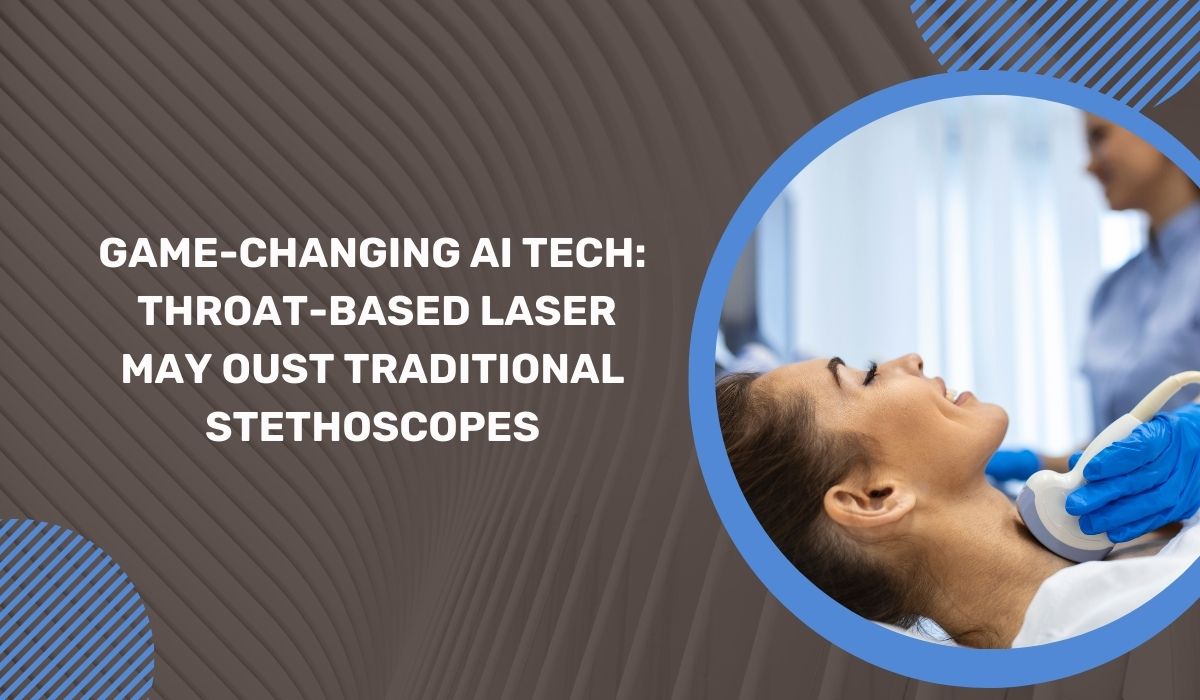
Scientists at Glasgow University have unveiled a groundbreaking laser camera utilizing AI and quantum technologies capable of reading a person's heartbeat from a distance. This innovation has the potential to reshape healthcare monitoring significantly, offering a non-intrusive alternative to traditional methods. Professor Daniele Faccio from the university's Advanced Research Centre envisions widespread applications, from booths in shopping malls for quick readings to home installations as part of comprehensive health monitoring systems.
The proposed laser heart monitor, as part of a broader health parameter tracking system, could detect blood pressure abnormalities and subtle gait changes, providing early indicators of conditions such as Alzheimer's disease. Monitoring heartbeats remotely becomes particularly valuable for identifying irregularities that may precede strokes or cardiac arrests. Professor Faccio emphasizes the potential life-saving implications, highlighting the system's ability to serve as an early warning mechanism.
Currently, doctors rely on stethoscopes invented in the 19th century, which require training to use effectively and may present challenges in detecting subtle background murmurs. In contrast, the new system involves high-speed cameras recording images at 2,000 frames per second. A laser beam directed onto the skin of the throat captures reflections, measuring minute skin movements corresponding to the expansion and contraction of the main artery.
AI plays a crucial role in filtering out extraneous signals, focusing solely on the vibrations caused by the heartbeat. This sophisticated approach allows health professionals to detect changes in heart rate with exceptional accuracy, tailored to an individual's specific cardiac behavior rather than statistical averages for a population.
Professor Faccio's team has established a startup, LightHearted AI, seeking venture capital to advance the development of these revolutionary devices. The system not only promises accurate health monitoring but also holds potential for biometric identification. With a projected launch as early as next year, the technology aims to make heartbeat measurements easy and accessible outside traditional medical settings, offering significant benefits for public health.